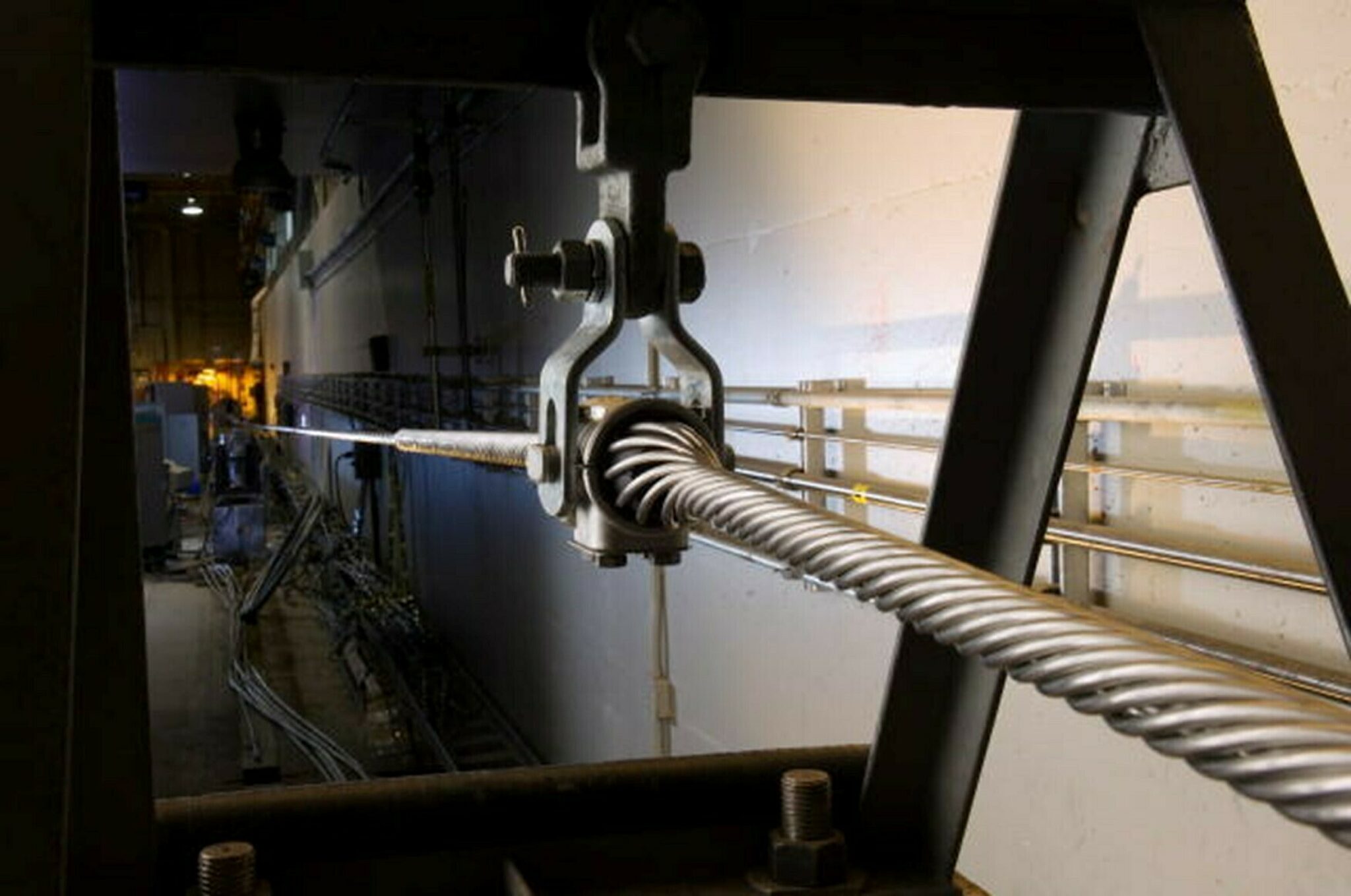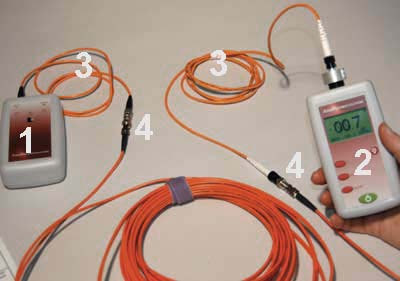High-quality ofda devices provide precise fibre testing and consistent results.
High-quality ofda devices provide precise fibre testing and consistent results.
Blog Article
Discover the Importance of Optical Fiber Testing in Modern Telecom
In the world of modern telecoms, the value of optical fiber screening can not be overstated, as it offers as the backbone for ensuring network reliability and efficiency. What are the details benefits that routine testing deals, and how might it form the future landscape of telecommunications?

Comprehending Optical Fiber Screening
Optical fibre testing is a vital process in telecommunications that ensures the honesty and performance of fiber optic networks. This screening includes a range of procedures developed to assess the physical and functional features of optical fibers - optical fibre testing equipment. Key parameters assessed consist of optical power loss, bandwidth ability, and mistake place, which are vital for maintaining high-quality interaction links
The screening process typically entails making use of customized equipment such as Optical Time-Domain Reflectometers (OTDR) and Optical Power Meters. OTDRs are used to identify and define faults, entwines, and ports within the fiber, while power meters measure the transmitted light signal strength to identify efficiency.
In addition, testing is performed at various stages, consisting of during setup, upkeep, and troubleshooting, to guarantee that the network fulfills industry requirements and operational demands. Conformity with standards set by companies like the International Telecommunication Union (ITU) and the Telecoms Industry Organization (TIA) is extremely important.
Benefits of Routine Examining
Regular screening of optical fibres returns numerous advantages that dramatically enhance network dependability and efficiency. One of the primary benefits is the very early discovery of possible issues, such as breaks or deterioration in the fiber, which can bring about costly downtime if left unaddressed (optical fibre diameter analyser). By determining these issues proactively, telecoms carriers can minimize service disruptions and make certain consistent connectivity for their clients
Additionally, regular testing aids to preserve the honesty of signal quality. As optical fibres age, their efficiency can be impacted by elements such as ecological problems and physical stress and anxiety. Regular assessments enable the tracking of signal loss and overall transmission efficacy, making sure that the network runs at optimum degrees.
An additional substantial benefit is compliance with industry criteria. Routine screening supports adherence to governing demands, therefore minimizing lawful and economic dangers associated with non-compliance. It boosts the overall lifespan of the fibre infrastructure by promoting timely upkeep and fixings.

Common Checking Approaches
Checking optical fibers utilizes various approaches to ensure the stability and efficiency of telecoms networks. Among one of the most typical methods is Optical Time Domain Reflectometry (OTDR), which assesses the whole size of the fiber by sending a pulse of light and measuring the representations triggered by flaws or breaks. This method offers in-depth details concerning the location and seriousness of mistakes.
One more widespread approach is making use of Optical Power Meters, which measure the amount of light transferred via the fiber. This strategy aids determine the loss of signal stamina, making sure that it meets industry requirements. Additionally, Aesthetic Mistake Locators (VFL) are employed to identify breaks or extreme bends in the fiber by forecasting a visible laser light right into the cord.
Insertion loss screening is likewise important, as it evaluates the loss of signal power resulting from links and interlaces within the network. In addition, the usage of Polarization Setting Diffusion (PMD) screening assesses the influence of fiber next attributes on signal stability.
Each of these approaches plays a crucial role in maintaining the performance and integrity of optical fibre networks, inevitably contributing to seamless telecoms operations.
Influence On Network Efficiency
The integrity and efficiency of optical fibre networks directly affect total network efficiency. In More Bonuses contemporary telecoms, the efficiency of data transmission relies greatly on the quality of the optical fibres made use of. Any kind of deterioration in the fiber's condition-- whether because of physical damage, contamination, or excessive flexing-- can cause raised depletion and signal loss, significantly impacting data stability and rate.
Regular optical fiber testing is vital to determine and correct possible concerns prior to they show up as network failings or downturns. Methods such as Optical Time Domain Reflectometry (OTDR) and insertion loss testing enable professionals to determine the efficiency of fibre web links accurately. These examinations not only review the physical condition of the fibers however likewise ensure conformity with industry standards, consequently protecting the network's dependability.
Additionally, a well-kept optical fibre network adds to minimized operational prices and improved consumer satisfaction, as end-users experience less interruptions and higher data prices. Ultimately, the focus on extensive optical fibre screening methods works as a keystone for sustaining durable telecommunications framework, making sure that company can meet the growing needs for bandwidth and connectivity in today's electronic age.
Future Fads in Testing
As we look ahead, innovations in modern technology are poised to reshape optical fiber testing in telecommunications. The increase of automation and expert system (AI) is expected to improve the effectiveness and accuracy of testing processes. Automated testing systems can perform comprehensive assessments with minimal human intervention, considerably decreasing the potential for errors and expediting time-to-deployment.
Additionally, the assimilation of equipment discovering formulas will enable predictive maintenance, allowing network service providers to predict possible concerns prior to they intensify into failures. This proactive approach not just enhances network dependability however also maximizes functional costs.
Another arising trend is the development of mobile testing gadgets that use real-time evaluation - fibre testing equipment. These tools will encourage technicians to perform on-site diagnostics rapidly, promoting quicker resolutions and boosting service top quality
The development of 5G networks further necessitates the advancement of screening methodologies. As transmission capacity needs boost, standard testing techniques might no longer suffice. Ingenious remedies such as optical time-domain reflectometry (OTDR) and advanced spooky analysis will come to be vital in guaranteeing the stability and performance of high-speed links.

Final Thought
Finally, visite site optical fiber screening is vital for ensuring the integrity and integrity of modern-day telecommunications networks. Regular testing methods not just aid identify prospective problems such as signal loss and mistakes yet also add to improved network efficiency and consumer satisfaction. As the demand for seamless connectivity remains to grow, the fostering of innovative screening methods will play an essential role in preserving high-grade network standards and supporting the developing landscape of telecommunications.
Report this page